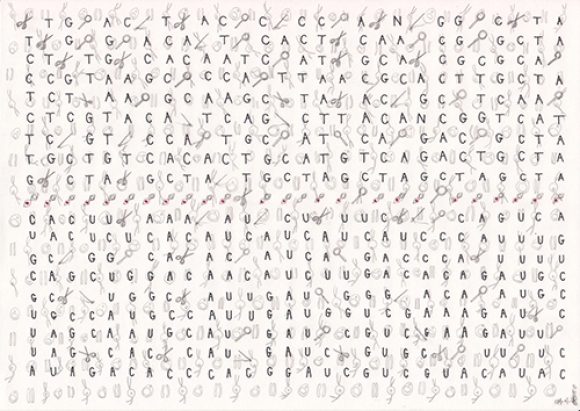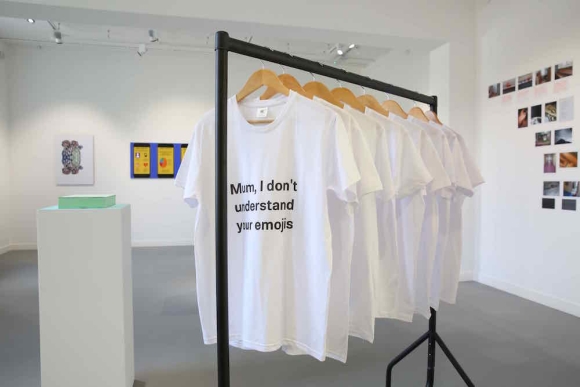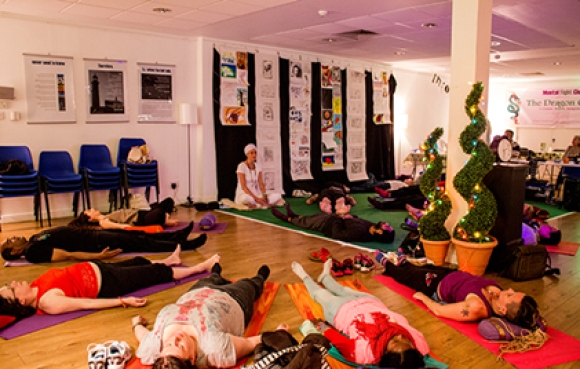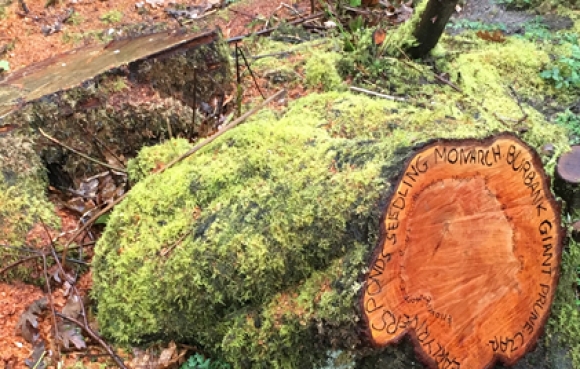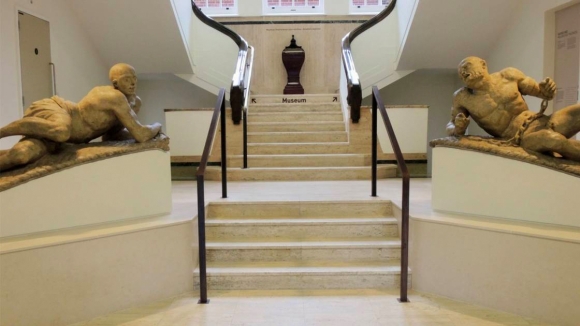Arts Council Collection’s most recent Curators’ Day event was hosted by Bethlem Museum of the Mind and Bethlem Gallery, focusing on Art and Mental Health. Curatorial Trainee, Priya Jay, reports back on the day of discussions and discoveries, which featured presentations by organisations who centre experiences of mental health in their programming.
Upon entering Bethlem Museum of the Mind, the statues of Melancholy and Raving Madness greet us. The life-size figures by Danish sculptor Caisu Gabriel Cibber depict the manic and melancholic binaries which formed much of pre-medieval and early modern understandings of the symptoms and expression of mental illness.
Colin Gale, Director of the Museum, explained that the figures mounted the entrance gate posts for the old Bethlem Royal Hospital between 1676 and 1815. They were not meant to be looked at eye to eye but here, in the Museum, visitors must become level with them to enter. This reappropriation of historic objects and ideals is at the heart of the Museum’s contemporary practice. Located on the grounds of the oldest psychiatric hospital in the country, the Museum and Gallery are key to public understandings of mental health treatment and the artistic outputs of residents.
The Museum and Gallery are part of the 270-acre site of Bethlem Royal Hospital in Beckenham. Their proximity to a fully-functioning hospital enables a unique programme of art and engagement, working with current patients, occupational therapists and former residents who continue to visit.
